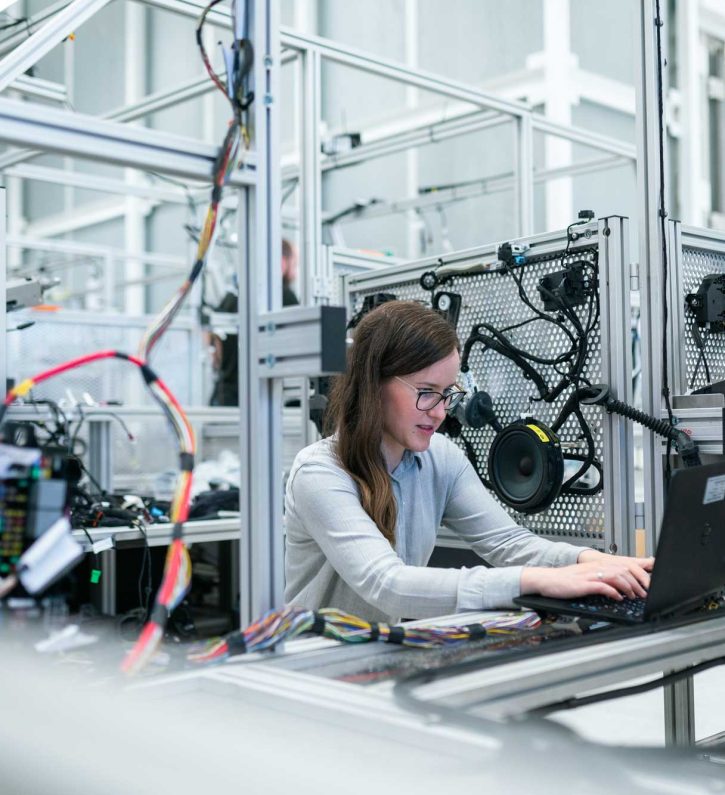Diversity and commonality
From Process and Discrete Manufacturing to High Tech and Industrial Sectors, from Fashion and Pharmaceuticals to Food and Beverages and Chemicals, Manufacturing is a Diverse, Highly Varied, and Critical Industry.
It is filled with unique organisations with unique needs. However, some challenges are common to most manufacturers:
- Supply chain visibility
- Demand and inventory planning
- Sales and operational planning (S&OP)
- Financial and business planning
- Operations and logistics management
- Product design and development
- Workforce planning

A catalyst for change
No longer on the technical backfoot, manufacturers are making the most of the opportunities available from the Internet of Things (IoT) and Industry 4.0 to help them not just survive…but thrive.
The many new processes made possible through IoT are creating huge amounts of data that can be demanding to sift through and transform into valuable, trusted insights. Sempre is helping manufacturers to harness this data effectively, apply the right analytics, and drive smarter and faster decision-making.
The data, analytics, and intelligent automation technologies available today are helping manufacturers leapfrog other industries and become leaders in the use of technology to increase financial resilience, improve efficiency and make truly smart decisions. By integrating predictive maintenance, maximising machine up-time, optimising supply chains, enhancing quality control, and reducing energy consumption, manufacturers can achieve significant operational improvements, leading to a more sustainable manufacturing process.

Adapting to change
The pandemic has significantly altered our lives, and along with rising living costs and political disruptions, it has created unique challenges and new opportunities for businesses. The Distribution and Logistics sectors, in particular, must swiftly adapt to changes in supply chain visibility, demand and inventory planning, operations management, and workforce planning.
Political instability and events like global shipping challenges have further complicated the logistics landscape, demanding greater agility and responsiveness from companies.
The shift in consumer behaviour during the pandemic is evident from the surge in online sales. According to the latest Office for National Statistics (ONS) data, internet sales as a total sales ratio remained around 26.7% in 2023, a notable increase from pre-pandemic levels. This sustained high level highlights the importance of robust digital infrastructure and efficient logistics.
Businesses must remain nimble and proactive to navigate today’s changing environment.

Grasping the opportunities of intelligent automation
No strangers to robots and warehouse automation, digital and Robotic Process Automation (RPA) is a natural next step for distribution organisations. Sempre is working with businesses to deliver digital automation solutions that help to drive the physical automation of these processes, leading to increases in operational efficiency and improved agility to cope with sudden and rapid changes.
Read more about the Top 10 Use cases for RPA in our eBook.
Download Now
Data: the lifeblood of operational efficiency
To grow their operations at this scale and pace is not without its challenges. Manufacturing, Distribution and Logistic organisations need to embrace data, analytics, business intelligence, planning tools and AI technology to help them increase their agility and maximise their operational efficiency.
Data is the absolute underpinning for this – data that is connected across the business, available in real-time or near real-time, and accessible to the people that need it.
Having the capability to orchestrate and move the data so it can be put into the hands of decisions makers and operational colleagues is, in fact, just as critical to the business as it is to have the goods delivered to the customer.
Read our blog
“You go from having a single person driving this planning to lots of people working on the same planning. People spending about 80% of the time analysing and making decisions versus 20% of the time preparing the data before these applications.”





